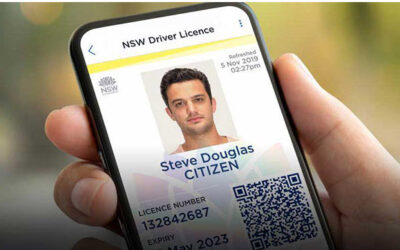Over the last few decades the speed of business, and life in general, has increased dramatically. We’ve gone from waiting days or weeks to send and receive responses by letter to word processing and emails. These changes have also increased speed and efficiency in processing, storing, using, and transferring information on a broad range of topics in diverse industries. Find out more about OCR software and healthcare form reading, including HCFA 1500 Forms and UB-04, and how it saves time and effort.
Electronic Data Processing in the Healthcare Industry
One the most critical areas affected by this leap in electronic data processing, storage, and use is the healthcare industry. From intake and insurance forms to treatment and test data, there are a lot of forms and data that has to be recorded and accurately stored for each patient. Electronic storage of this information means it has to be entered into the computer, either directly or by entering hand-filled forms into the computer.
Completing Forms Electronically vs. Manually
Entering data from forms filled out by hand is tedious, inefficient, and slow. This process is a major roadblock in the evolution of electronic data processing and storage. Reentering data also increases the possibility of transcription errors as the forms are copied to the computer. It is also more expensive as the paper form is often still kept for verification of data at some later point should there be a mistake. This increases the physical space that must be used for filing systems full of paper.
Optical Character Recognition
There is an alternative to this process that comports well with the electronic data revolution. The ability to use electronic scanners with Optical Character Recognition (OCR) software to recognize and translate forms filled out by hand relieves staff of this task. The advantages, of course, are the same with all electronic documents. For example, increasing speed and eliminating potential transcription errors as the forms are slowly transferred to the computers by humans. Staff time can be spent on other tasks, lowering costs and increasing efficiency. Further, this allows the handwritten forms to be eliminated after scanning as they are digitally stored. When less storage space is required, medical facilities save money. Also, tying the OCR software into identification information databases allows for quick association of medical data with individual patient identification for quick recall and use.
Accessible Medical Records
These advances are important in today’s fast-paced and global society. As people are more mobile and moving from country to country, it is becoming increasingly valuable and necessary to be able to access their medical records from a distance. In fact, the availability of digital data has spurred some people to carry their medical records with them on small data devices such as thumb drives when they travel. In the next evolution, this data may be carried on a chip implanted in the patient so that it can be electronically scanned and recorded at medical facilities. Let’s take a closer look at two standards required forms in the healthcare industry that must be gathered by nearly every medical facility – Forms HCFA 1500 and UB-04.
Forms HCFA 1500 and UB-04: Health Insurance, Medicare, and Medicaid
Everyone is familiar with the sometimes numbing process of being admitted to a hospital or the first visit to a new doctor. There is any number of forms to fill out before medical care begins. Two of the most common forms used by all facilities are Form HCFA 1500 and UB-04. Form HCFA 1500 (or CMS-1500) is the standard insurance coverage form required for Medicare and Medicaid benefits. Form UB-04 is the standard form used by most healthcare insurance companies.
Software Captures Pertinent Data
These forms are lengthy and have much information, which increases the problems with transcription of the forms by hand into the computer. It is important these forms be correctly filled out and entered as benefits may be denied due to discrepancies in the forms. Scanning software, such as that offered by OCR Solutions, is configured to scan the information from the form fields in each. The software captures the data and verifies it simultaneously. The data from the forms is stored in the medical facility servers and automatically matched with other record data for the patient.
The Need for Speed
On the other side of the process, electronic data processing and data management can speed up claim processing by making it easy to get the more accurate data to the insurers. This more efficient process has immediate payoffs in cost savings in decreased staff hours, lowering medical administration costs. A final major consideration is accurately recording critical patient data and accurately verifying it while matching it with the correct patient.
It is undeniable that the speed and cost of today’s healthcare industry demand peak efficiencies that match the developments in data processing in other sectors. By using OCR technology to read forms and store data, medical staff saves time, whether the software is installed on individual staff computers or secure data servers or in the Cloud. This time savings not only leads to the greater efficiencies discussed but also decreases the amount of time and complications faced by patients as customers of the medical system.
Thank you for reading our blog! How can we help you? Contact us today.




